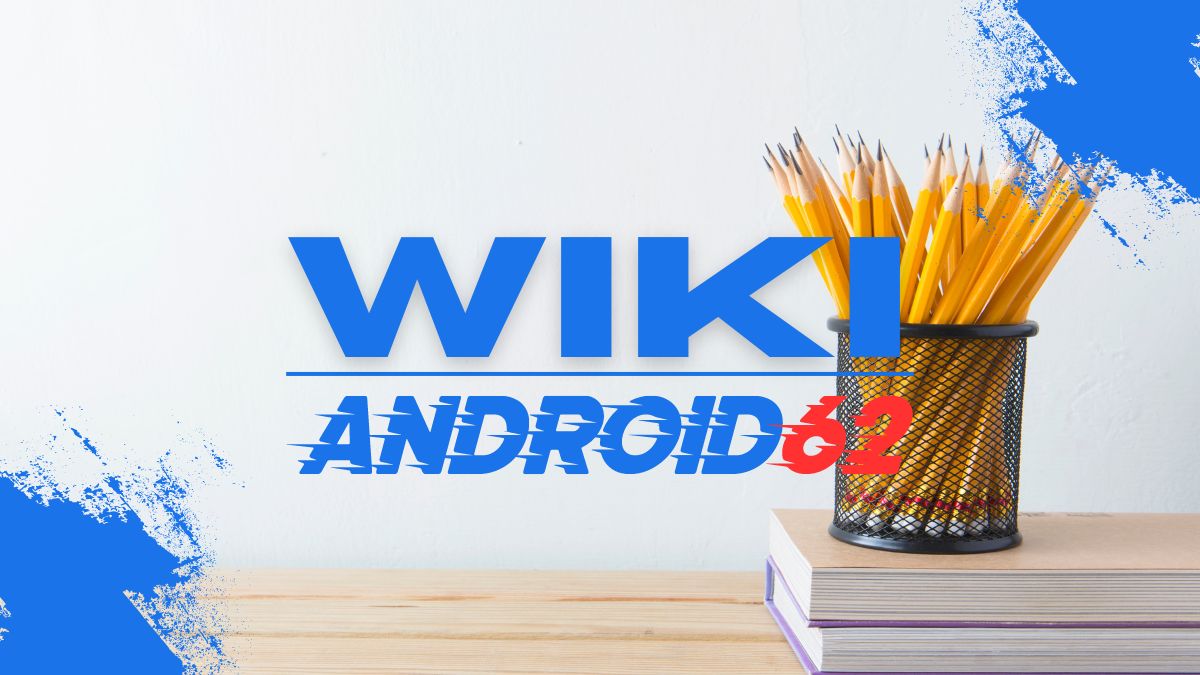
Variable frequency drives (VFDs) have become an essential component in modern industrial applications due to their ability to regulate the speed and torque of electric motors. However, many users have expressed concerns about certain aspects of using VFDs. In this article, we will explore the most common concern with using VFDs and provide insights on how to address them.
1. Harmonics and Power Quality
One of the main concerns with using VFDs is the generation of harmonics and its impact on power quality. VFDs operate by converting AC power to DC power and then back to AC using pulse-width modulation (PWM) techniques. This switching action can introduce harmonics into the electrical system, leading to voltage distortion, increased heating of equipment, and interference with sensitive electronic devices.
How to address:
- Install harmonic filters: These devices help mitigate harmonics by filtering out specific frequencies.
- Use active front-end VFDs: These VFDs have built-in power factor correction capabilities to reduce harmonics.
- Implement voltage regulation equipment: Voltage regulators can help stabilize the voltage levels to counteract the effects of harmonics.
2. Overheating and Cooling
VFDs generate heat during operation due to the power electronics and switching components inside the drive. Overheating can lead to premature component failure, reduced efficiency, and increased maintenance costs. Cooling is essential to ensure that VFDs operate within their temperature limits.
How to address:
- Provide adequate ventilation: Ensure that VFDs are installed in well-ventilated areas to dissipate heat effectively.
- Use external cooling systems: Consider using additional cooling methods such as fans or heat sinks to enhance the cooling capacity of VFDs.
- Monitor temperature levels: Implement temperature sensors and alarms to alert operators of potential overheating issues.
3. Electromagnetic Interference (EMI)
VFDs can produce electromagnetic interference (EMI) that can disrupt the operation of nearby electronic devices such as sensors, communication systems, and control equipment. EMI can cause signal distortion, malfunctions, and data corruption if not properly managed.
How to address:
- Install EMI filters: Use filters to suppress electromagnetic interference and protect sensitive equipment.
- Shield cables and enclosures: Use shielded cables and enclosures to contain EMI and prevent it from affecting other devices.
- Grounding: Proper grounding of VFDs and associated equipment can help minimize EMI issues.
4. Maintenance and Reliability
Maintaining VFDs to ensure optimal performance and reliability is a common concern for many users. Regular maintenance activities such as checking for loose connections, cleaning cooling fans, and inspecting components are essential to prevent unplanned downtime and costly repairs.
How to address:
- Follow manufacturer recommendations: Adhere to the manufacturer’s guidelines for maintenance tasks and schedules.
- Monitor performance: Use condition monitoring tools to track the performance of VFDs and detect potential issues early.
- Training and education: Provide training for personnel on proper VFD operation and maintenance procedures.
5. Compatibility and Integration
Ensuring compatibility and seamless integration of VFDs with existing systems and equipment is a common concern for users who are upgrading or retrofitting their facilities. Compatibility issues can arise due to differences in communication protocols, control interfaces, and electrical specifications.
How to address:
- Consult experts: Seek advice from VFD manufacturers or system integrators to ensure compatibility with existing equipment.
- Upgrade communication protocols: Use gateways or converters to bridge communication gaps between different systems.
- Perform thorough testing: Conduct comprehensive testing and commissioning to verify compatibility and integration before full deployment.
Conclusion
In conclusion, while VFDs offer numerous benefits in terms of energy savings, process control, and equipment protection, addressing common concerns is crucial to maximizing their performance and longevity. By understanding and implementing strategies to mitigate issues such as harmonics, overheating, EMI, maintenance, and compatibility, users can enhance the reliability and efficiency of VFDs in their applications.



